Re-Sealing a Flat Tire (tubeless)
"Bead and Seal"
Don't try this if you don't know what you are doing. Take the necessary precautions and proceed at your own risk. ;) Better to have a professional fix your tire, but it's good information to know in an emergency.
In a nutshell, you spray something like starter fluid, hairspray, or WD-40 into the tire, ignite it, and then put air in the tire right away to keep it sealed.
My friend Bob told me about this, and it worked great! This was the method I used on my snow-blower tire (hairspray)...
I used hairspray since I didn't have starter fluid, which is what many people use to do this with; but apparently, there are different things you can use. You can do a search for more information. I personally wouldn't recommend lighting the spray from the can on fire like the video above. The tire I sealed was very small, and I used a very long 11-inch match. You can use a blowtorch or something else to give you some distance from the tire. Better to start with a little spray and have it not seal on the first attempt than to put too much in the first time you try this and have a bigger than necessary reaction. Obviously, don't try it on or near flammable things.
Most video clips I've seen, they use starter fluid...
This guy used WD-40. (click here)
(I couldn't get this video on the page for some reason.)
Update: My friend Bob says "if you ever do that in warm weather, a mixture of about 5 to 1 of water and dish soap will help lubricate the tire bead to get it to seat and seal better. "
"
~~~~~~~
Tires can be re-sealed with a ratchet strap too or a rope twisted and tightened around the tire. A couple of video clips for that:
Tire Bead Definition:
Tire bead is the term for the edge of a tire that sits on the wheel. Wheels for automobiles, bicycles, etc. are made with a small slot or groove for the tire bead to sit in. When the tire is properly inflated the air pressure within the tire keeps the bead in this groove. When putting a new tire on a wheel, there is the problem of sealing or setting the bead; the tire will not inflate if the incoming air can escape. Some people spray starter fluid or WD-40 into the tire and then light it to set the bead.
Some people spray starter fluid or WD-40 into the tire and then light it to set the bead.
(Source)
Thanks for checking out my blog post.
Feel free to leave a comment below. :)
Pin It
JavaScript is disabled. For a better experience, please enable JavaScript in your browser before proceeding.
1 - 20 of 23 Posts
2018 BMW R1200GS RALLYE
2018 DCT Tour
2018 BMW R1200GS RALLYE
2018 BMW R1200GS RALLYE
 Jones ·
Jones · 1 - 20 of 23 Posts
Top
Another season of changing shoes is approaching.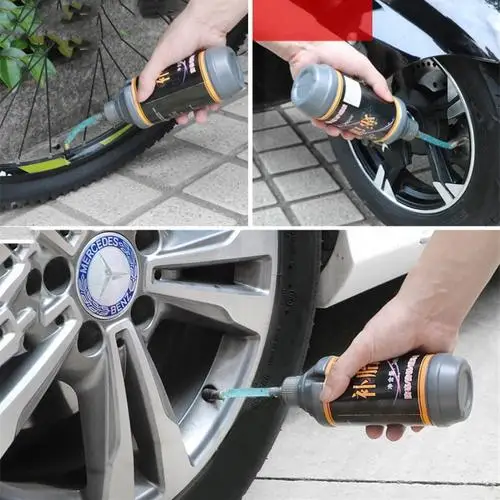 And you may remember that after the last winter/summer there is a joint on one of the tires - a small bump. I don’t want to run to the store for the sake of one new tire. We understand. Or maybe it looks even better if repaired?
And you may remember that after the last winter/summer there is a joint on one of the tires - a small bump. I don’t want to run to the store for the sake of one new tire. We understand. Or maybe it looks even better if repaired?
Yes, not every wheel that meets with a nail, rebar sticking out of the ground or a sharp stone on the road is considered damaged. Everything, of course, depends on the scale of the damage and its location on the tire itself. Some are easily repaired, while others are simply impossible to do - the tire can only be sent to the trash.
A bulge on a wheel, referred to by drivers as a bump or bulge, is the most common tire sidewall defect. It appears due to a collision with an obstacle or after falling into a pit, more often at high speed. The threads of the sidewall carcass are easily damaged by impact, and the tire at this point can no longer hold the load and air pressure - swelling appears. A small bump sooner or later turns into a big one, and driving with such a defect is dangerous - the wheel can shoot at any moment.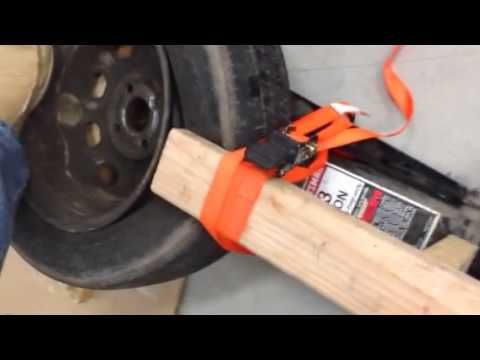 At high speed, this is fraught with loss of control, departure from the road and a rollover.
At high speed, this is fraught with loss of control, departure from the road and a rollover.
The quality of roads in Kazakhstan contributes to the appearance of bulges on tires
Some types of bulges are repairable, although this is a temporary measure. Not a single patch can restore the factory rigidity. Ideally, change the tire.
Special cord patches can extend the life of a tire with a herniation, even if the swelling has appeared on the tread. The sidewall is a different story. If the swelling appeared at a distance of more than 40 mm from the side, it can be repaired. If not, then the wheel needs to be replaced. Blisters on low profile tires are most often non-repairable.
For maximum safety when riding with a repaired bump, insert the tube. This is an inexpensive and reliable solution. On our market, you can find cameras made in China and Russia, the latter are slightly more expensive, but also of better quality.
The elimination of a side cut is a serious operation, therefore, as in the case of a bump, you will have to go to the professionals.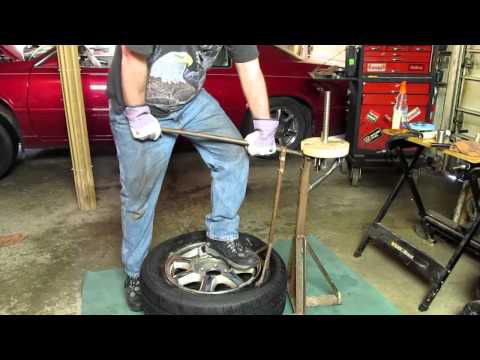 We need cord patches, fortunately in our time they are of different sizes and with a different number of layers. And if you do it wisely, then you can't do without special tools and vulcanization.
We need cord patches, fortunately in our time they are of different sizes and with a different number of layers. And if you do it wisely, then you can't do without special tools and vulcanization.
A cut, by the way, cannot be healed in all cases. If the gap is in the shoulder area of the tire, it is unlikely that anyone will undertake to repair it, since no guarantees can be given here. However, our Kulibins take on even the most difficult cases, cutting out parts of the sidewalls from the tires and even weaving the cord on their own.
Tire overhaul. We would not put such a wheel on ourselves
Low profile tires can be repaired, but more difficult. A tear in the sidewall is easier to seal on tires with a medium or high profile.
Sometimes a cut is confused with a pluck. This is when the outer layer of the sidewall caught on something sharp, a tear formed, but the frame itself remained intact. There is nothing wrong with that, although the drivers at the tire fitting company successfully repair the cut, for which they take it accordingly.
If a piece of rubber remains on the sidewall, then glue it with ordinary superglue (101st). If it came off, then it is better to cover it with raw rubber and vulcanize. Leaving the pluck bare is not recommended, because the tire carcass, often consisting of a metal cord, will quickly corrode.
In Europe, defective or used tires are perforated before being sent for scrap to prevent their resale and possible operation. But they don’t know that we have such holes on the sidewall patched once or twice
Cuts and hernias are not the only possible damage to the side of the tire. You can also spoil the side ring, in the process of changing shoes, for example. If it’s for garlic, then such a tire is already dangerous. Sooner or later, the tire pressure and the load in motion will start to squeeze the rubber off the rim - a wheel explosion can occur.
This ailment is repaired if the wire ring - the base - is intact. There are no special technologies and materials to correct this particular problem, but most often craftsmen use a two-component composition for chemical (also called cold) vulcanization. After mixing, the mass is pressed into a fat-free damage. Compound manufacturers recommend waiting 72 hours before mounting a tire. Of course, our masters do not pay attention to this condition - they put the tire right away. And it’s good if the wheel is flat because of this at night in the parking lot, and not on the road.
There are no special technologies and materials to correct this particular problem, but most often craftsmen use a two-component composition for chemical (also called cold) vulcanization. After mixing, the mass is pressed into a fat-free damage. Compound manufacturers recommend waiting 72 hours before mounting a tire. Of course, our masters do not pay attention to this condition - they put the tire right away. And it’s good if the wheel is flat because of this at night in the parking lot, and not on the road.
If the side ring tears are barely noticeable, but the wheel still deflates, then you can use a special liquid - a bead seal designed to seal a tubeless tire.
These seals have been used in motorsport for some time. In particular, in the American Formula D Drift Series, drivers used compounds to keep the tire on the rim even with minimal tire pressure. Now they are banned.
Pay attention to the left rear wheel of the Nissan Silvia S13. Due to too low pressure, it was literally taken off the disk under load
Every schoolchild has faced this problem when patching the inner tube of his bike after hitting something sharp.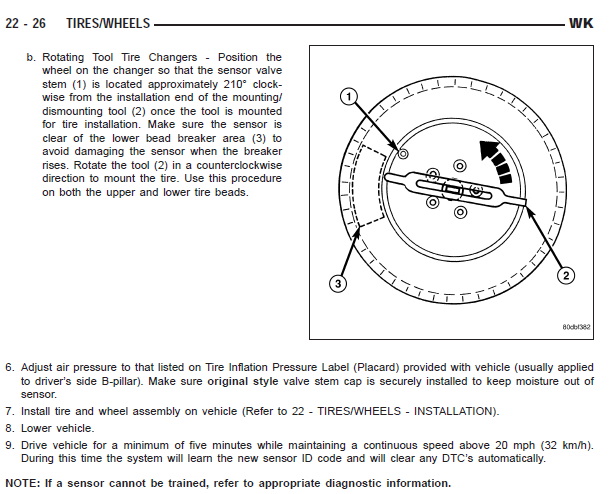 Repairing a car tire puncture with your own hands will also not be difficult even on the road. But for this you will need a pump (or compressor) and a universal tire repair kit with harnesses. All this is sold at any car market or gas station.
Repairing a car tire puncture with your own hands will also not be difficult even on the road. But for this you will need a pump (or compressor) and a universal tire repair kit with harnesses. All this is sold at any car market or gas station.
Repairing a tire on the side of the road with harnesses
The process is simple. If we are talking about the front wheels, then in most cases the wheel can not even be removed, it is enough to turn the steering wheel in the right direction, find the puncture site and carry out repairs. First, the hole is cleaned with a helical awl from the set. The tourniquet itself is smeared with glue and tucked into the eye of the awl, after which it is inserted into the tire hole. With a sharp movement, the tool is removed, and the tourniquet remains in place and clogs the hole. The tails are cut with a knife, but not at the root, it is recommended to leave about 20 mm. The tire is inflated and checked.
Sometimes a nail or self-tapping screw clogs the hole by itself, remaining in it. If you see a hat in a tread, do not rush to pull it out. While the pressure is holding, move to vulcanize. And sometimes they drive with a screw in a tire for weeks.
If you see a hat in a tread, do not rush to pull it out. While the pressure is holding, move to vulcanize. And sometimes they drive with a screw in a tire for weeks.
Repair of a puncture at a tire shop
Punctures are also repaired with harnesses at a specialized service, although among professionals such repairs are not considered long-term. After a few months, the flagella dry out and can let air through. There are more advanced methods like cold and hot vulcanization. The latter is more reliable. In this case, the hole is sealed with an elastic plaster, and the funnel from a foreign object is filled with a special compound. After that, a vulcanizer is put on the tire, it heats up the rubber and solders it.
In addition to the plaster, the puncture is also repaired with special cord fungi. Craftsmen process the puncture site: drill it and treat the surface with a tool to roughen it. Then the repair area is lubricated with glue (it is also called cement) and a fungus is introduced. This is done from the inside of the tire. The cap of the fungus is rolled, and the excess legs are simply cut off from the outside.
This is done from the inside of the tire. The cap of the fungus is rolled, and the excess legs are simply cut off from the outside.
Puncture repair with sealant
With the advent of tubeless wheels, and later run flat tires, many automakers began to abandon spare wheels. Instead, repair kits with compressors are supplied with the machines. A repair kit is essentially a bottle of pressurized sealant. Later, such spray cans began to appear on the shelves of ordinary car dealerships.
This method has not taken root in the CIS, because the condition of the roads makes it necessary to have at least a stowaway in the kit, but it can also be considered as a method of repair on the road.
The car must be jacked up and sealant must be pumped into the damaged wheel through the nipple. Next, you should spin the wheel, then pump it up, lower the car and drive a few hundred meters.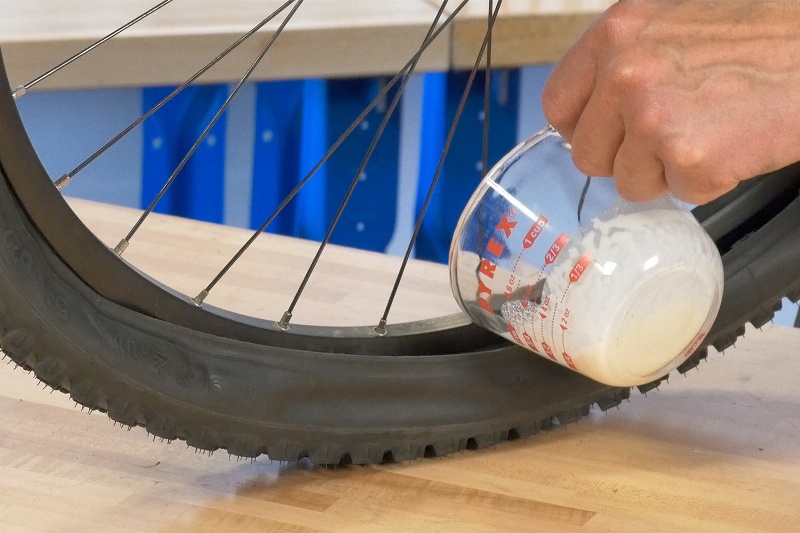 If the tire tightness has not been restored, repeat the procedure.
If the tire tightness has not been restored, repeat the procedure.
For commercial vehicles, cutting the tread with a special device (regrower) is a common thing. Moreover, such tire retreading is provided by the factory (marked REGROOVABLE on the sidewall) to increase the service life. But there are entrepreneurs who undertake to deepen the grooves in tires for passenger cars. But they are not intended for such an operation. Often used tires for sale are “refreshed” in this way. Be careful!
What is the threat?
The worst option is that the retreaded tire will shoot out on the road, as the master can damage the undertread layer when deepening the grooves. Such a tire will not be able to hold pressure at some point. There will be a boom! At best, the tire will indeed last a little longer, but is the game worth the candle? We think it's not worth it.
How is cutting done?
A regrower is used to cut the tread. Roughly speaking, this is a large soldering iron with interchangeable tips of various shapes. It goes through rubber like a knife through butter.
Roughly speaking, this is a large soldering iron with interchangeable tips of various shapes. It goes through rubber like a knife through butter.
If the tire is for passenger cars, then it is worth taking on a regrower only in one case - when part of the tread pattern was welded with "new" rubber during repair. This is where threading comes in handy in order to restore the grooves and symmetry of the tread.
Vehicle operation is prohibited if:
- tires have a residual tread height of less than 1.6 mm;
- tires have punctures, cuts, ruptures that expose the cord, as well as delamination of the carcass, delamination of the tread and sidewall;
- tires in size or load capacity do not match the car model;
- tires of various sizes, designs (radial, diagonal, chamber, tubeless), models, with different tread patterns, winter and summer, studded and non-studded, new and restored, are installed on one axle of the car;
- Tires retreaded according to the second repair class are installed on the front axle.
What is a second class repair?
This is the case when the carcass of the tire is restored after serious damage. A side cut (or tear) is a serious damage to the tire carcass.
Repairing a tire side cut by applying a patch or welding the cut yourself will not lead to anything good. Poor repairs will put you at unnecessary risk to your life instead of saving you money.
Poor repairs will put you at unnecessary risk to your life instead of saving you money.
A side cut on a tire is a very common problem, and many car owners solve this problem by simply replacing the cut tire with a new one. Of course, this way of solving the problem is ideal if you have extra money, since new tires are not cheap. The desire to save money, that is, to seal a side cut on a tire with your own hands, is an extreme on the other hand, since it is impossible to repair a side cut at a high level at home in the absence of high-quality equipment and materials.
If you are wondering if you can seal up a side cut, then the answer is - of course, yes. Only an experienced master in a tire shop can make such repairs well. And for those who are looking on the Internet for how to seal a side cut of a tire on their own and whether it is possible to seal a side cut on a tire with their own hands, and buys special tire change kits for such repairs, we want to say: “There is no need to take such risks!”.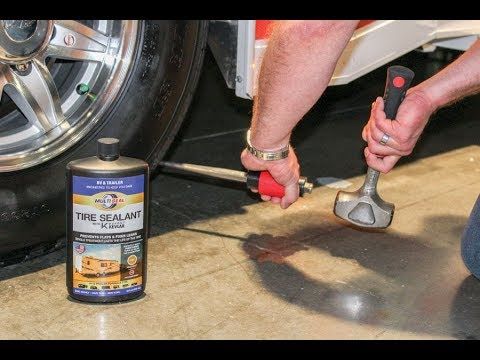 If the repair of the cut is done poorly, then at the most unexpected moment you may burst the tire. Imagine what would happen if you were driving at high speed in heavy traffic! Therefore, it is better to entrust this matter to professionals.
If the repair of the cut is done poorly, then at the most unexpected moment you may burst the tire. Imagine what would happen if you were driving at high speed in heavy traffic! Therefore, it is better to entrust this matter to professionals.
Tire fitters use hot and cold vulcanizing tires to repair side cuts. Hot vulcanization refers to the following process:
The cut site is cleaned of dirt and degreased;
Raw rubber is taken (a special rubber compound with a plastic structure) and the cut itself is filled with it;
· A place filled with raw rubber is heated to very high temperatures, while the rubber melts and is bonded to the tire.
In order to make the repair of the side cut even better, as well as to give the tire stiffness lost during the cut, a cord patch is attached to its inner side by cold vulcanization. This term refers to the use of a special chemical adhesive. In order for the patch to stick well, it is necessary to wait about 24-36 hours, and only after that it is possible to install the repaired tire and its further operation.